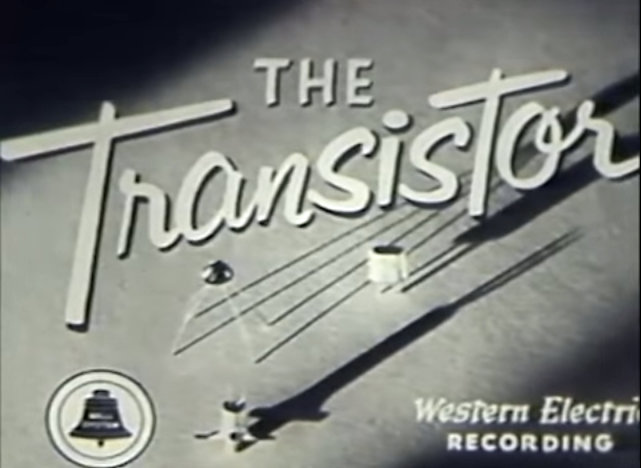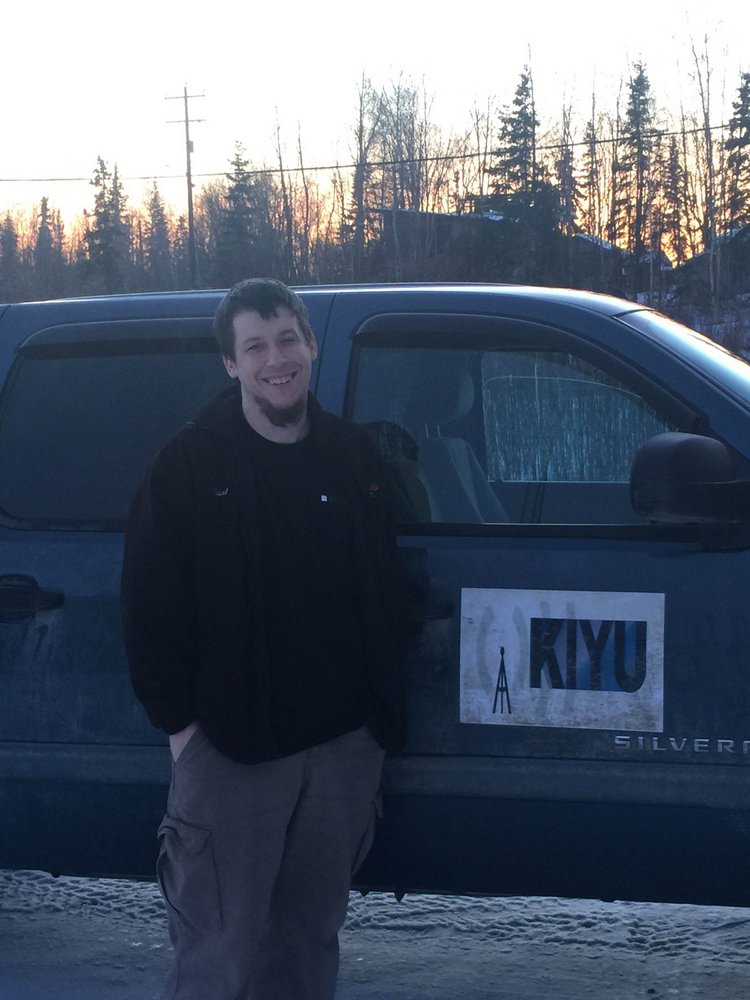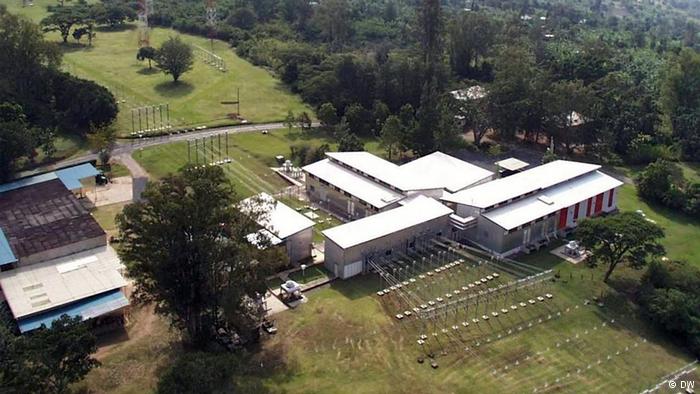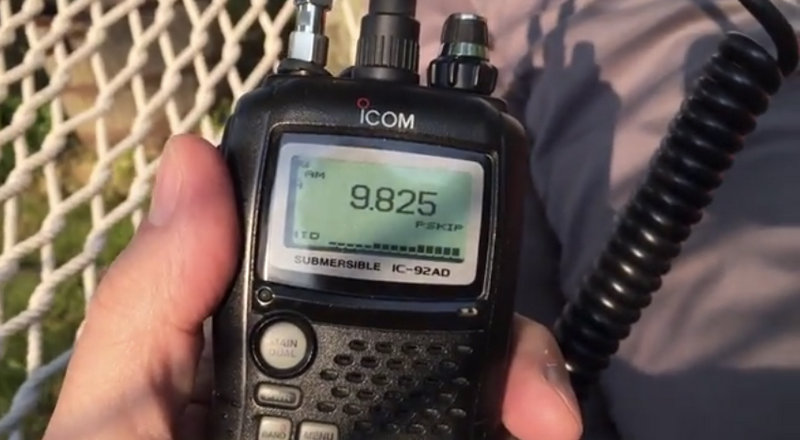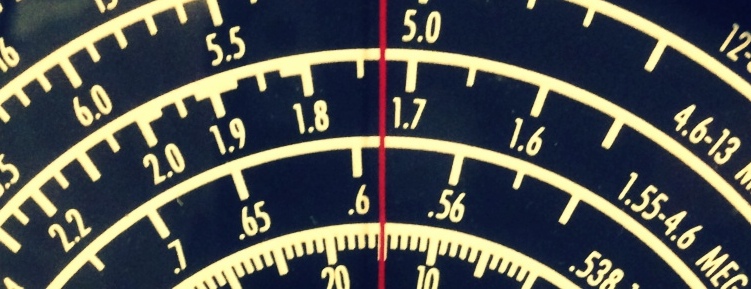
Many thanks to SWLing Post contributor, Mario Filippi (N2HUN) for the following guest post:
Communications Service Monitors – A Radio Hobbyist’s Perspective
Mario Filippi, N2HUN
(All photos courtesy of author)
Over the past few decades I lusted after a communications service monitor for my radio hobby but prices were always prohibitive; several thousands of dollars for a new model and tens of thousands for high-end ones. Not being a working professional in the communications field made it difficult to justify purchasing a piece of equipment whose price tag rivaled a down payment on a house. So, fast forward a few decades later and now life and times have fortunately changed for the better; the house is paid for, the job is secure, the income is finally steady, life is good financially, and to boot many of these older service monitors manufactured by Ramsey, Motorola, Wavetek, IFR/Aerotek, Cushman etc., are currently being sold on the pre-owned market at a fraction of their original decades-ago hefty prices. These service monitors are finally in financial reach of electronics hobbyists who will find many uses for these former electronic workhorses that toiled many years in the industry and now, in their golden years are being retired and becoming available for a second life via reuse/reincarnation/repurposing/reinvention.
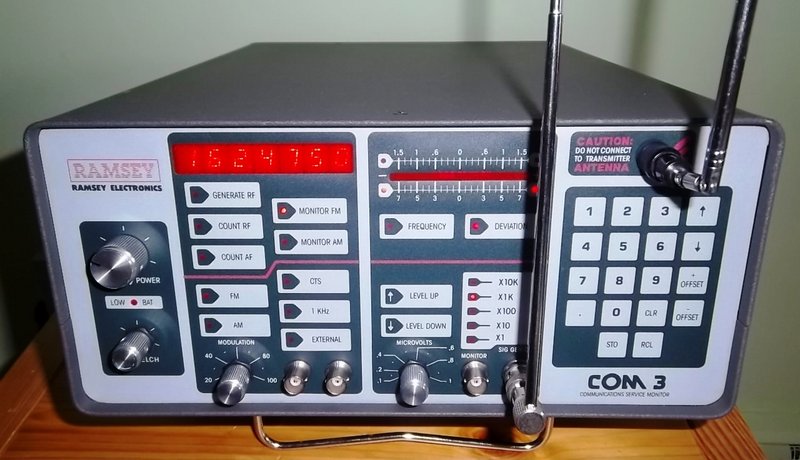
Work of Art: Author’s Ramsey COM3 Service Monitor
So what exactly is a communications service monitor, or “service monitor” as the folks in the trade refer to? Well it is an instrument for servicing AM and FM radio equipment, although some units also have the ability to service SSB equipment. The service monitor is basically a highly accurate and precise receiver and low-power signal generator all in one allowing a technician (or electronics hobbyist) to perform service, repair, or alignment of radio equipment. Most of us have had the experience of owning a malfunctioning radio whether it is an AM or FM broadcast radio, two-way radio such as a CB (Citizen’s Band) radio, pager, or a ham radio transceiver, and that is where a service monitor proves its value and utility because now you, the hobbyist, can perform the work yourself.
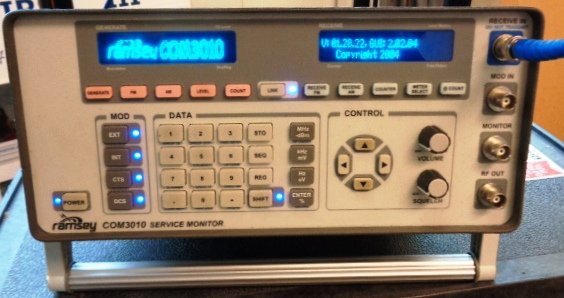
My Friend’s Ramsey COM3010 Service Monitor, Big Brother of the COM3
As a radio enthusiast (shortwave, ham radio, satellite communications) for over half a century, I’ve definitely owned more radios than shoes; everything from AM, FM, shortwave receivers to CB radios to ham transceivers, all in different stages of health and vintage. For years I relied on standalone RF signal generators, audio generators, frequency counters, and CTCSS decoders to aid in rehabbing, troubleshooting, and aligning each of the many units that paraded past my radio shack. Then one day a friend showed me his service monitor, the Ramsey COM3010, another venerable workhorse still in production, and it was a defining moment; the time had come to invest in one.
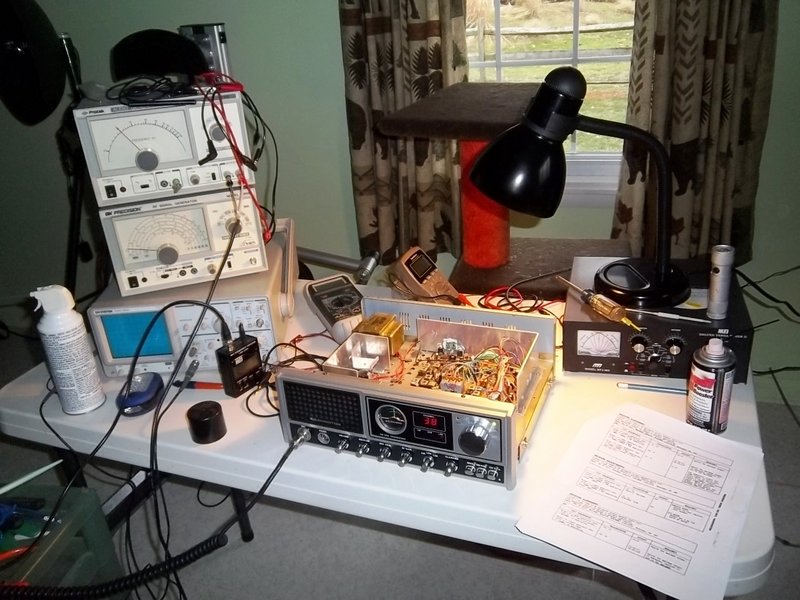
Aligning a Uniden President Washington CB Radio Prior to Owning a Service Monitor
My Ramsey COM3, purchased second-hand from an Internet auction site for $400.00 is a no frills, basic unit without the features found in more sophisticated service monitors having built-in oscilloscopes, spectrum analyzers, frequency sweeping ability, and frequency scanning ability. The COM3 was in production from the late 1980’s to around 2003 at a price of around $2500 (ca. 1989) and was considered a workhorse in its time, weighed 13 pounds with the internal battery, and was easily luggable from site to site. It covers from 100 KHz to 999.999 MHz and has become an invaluable tool in my radio shack for measuring a transmitter’s operating frequency and deviation, measuring receiver sensitivity, S meter calibration, and checking CTCSS tones on my two way VHF/UHF radios. My unit evidently had an easy former life as the only needs were to replace the internal battery, perform an external cleaning, check transmitter and receiver accuracy and check accuracy of the internal audio generator. Interestingly, Ramsey Electronics (www.ramseytest.com) still services and calibrates COM3s.
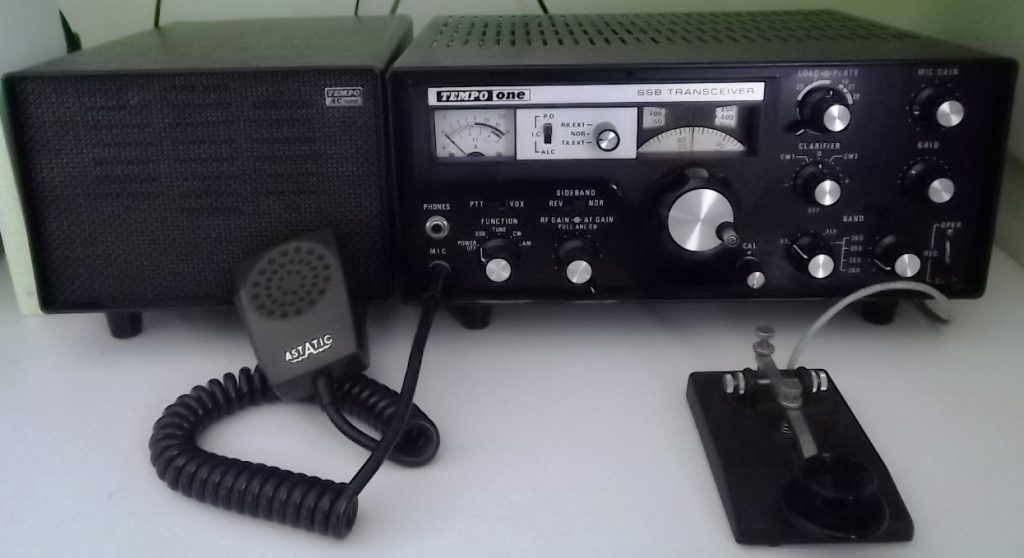
Vintage Tempo One Transceiver Restoration Was Made Easier with the COM3 on the Bench
So, if you’ve been dreaming of owning your own communications service monitor either as a hobbyist or small repair radio shop proprietor then start looking as there are plenty of used units out there; you’ll pay top dollar when buying from a commercial vendor but at least you’ll get some form of warranty. If instead you travel the same road I did, via an Internet auction site, there’s lots more risk involved, but the plus is you’ll save big if you do your homework by checking past auctions, seller feedback scores, and determining what price the market is bearing by looking at the winning bids. In closing, the COM3 owner’s manual is available on line by doing a simple search, and a review of the Ramsey COM3 by Larry Antonuk which appeared in the August 1989 issue of 73 Amateur Radio Magazine is also available as a free download.
Mario, thank you for another brilliant guest post! I always learn something new from your articles. By the way: I have that same Nye Viking straight key–it obviously pairs beautifully with the Tempo One!


